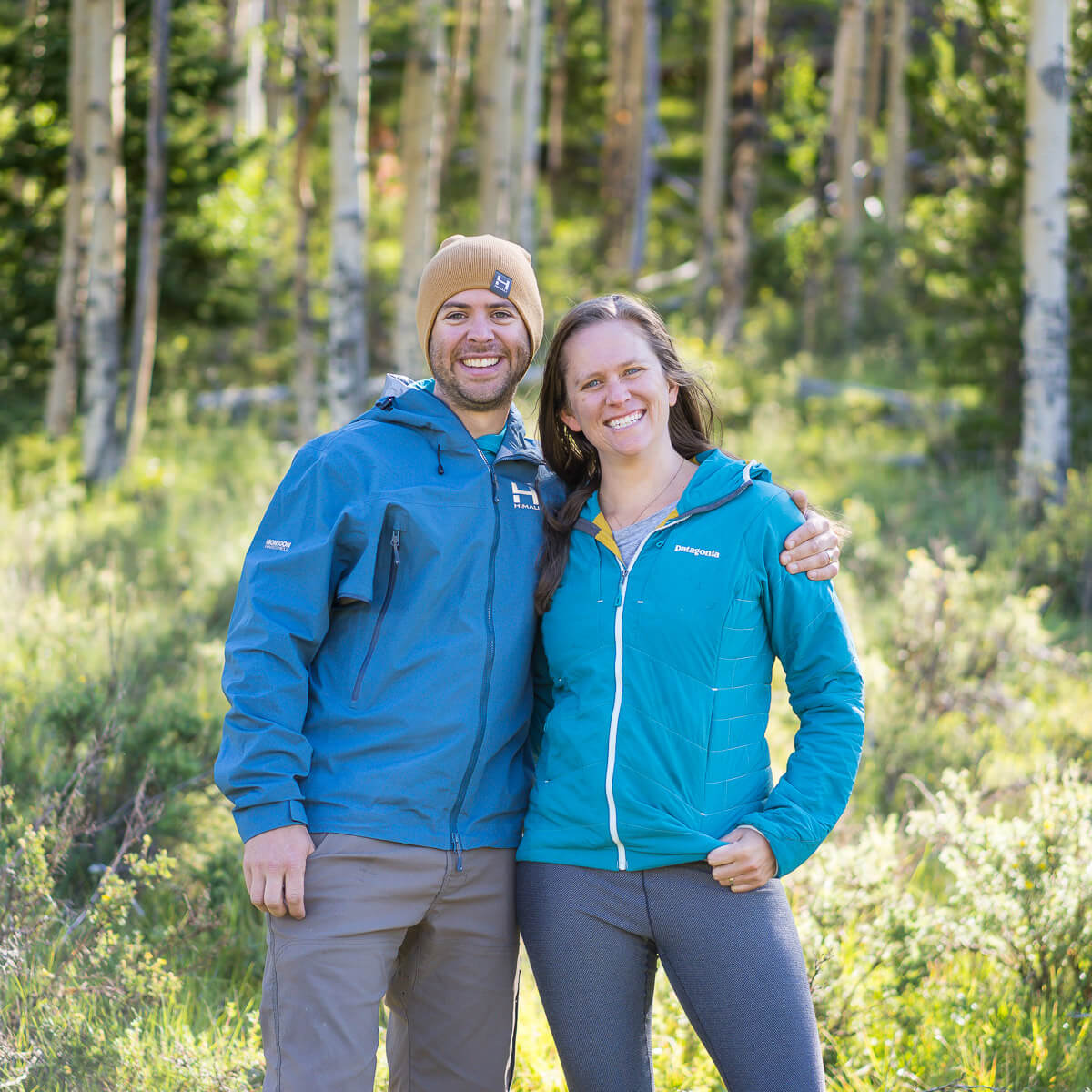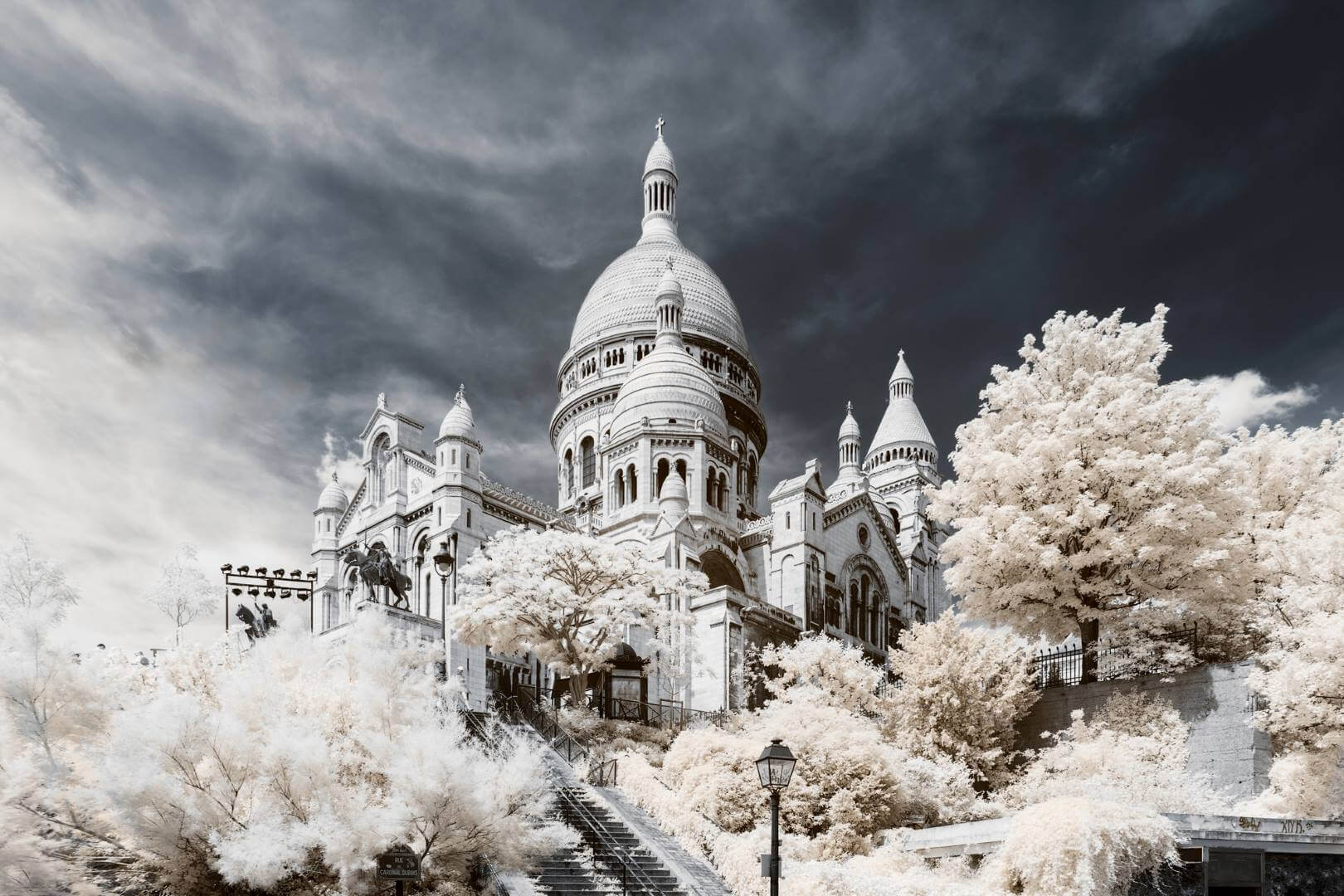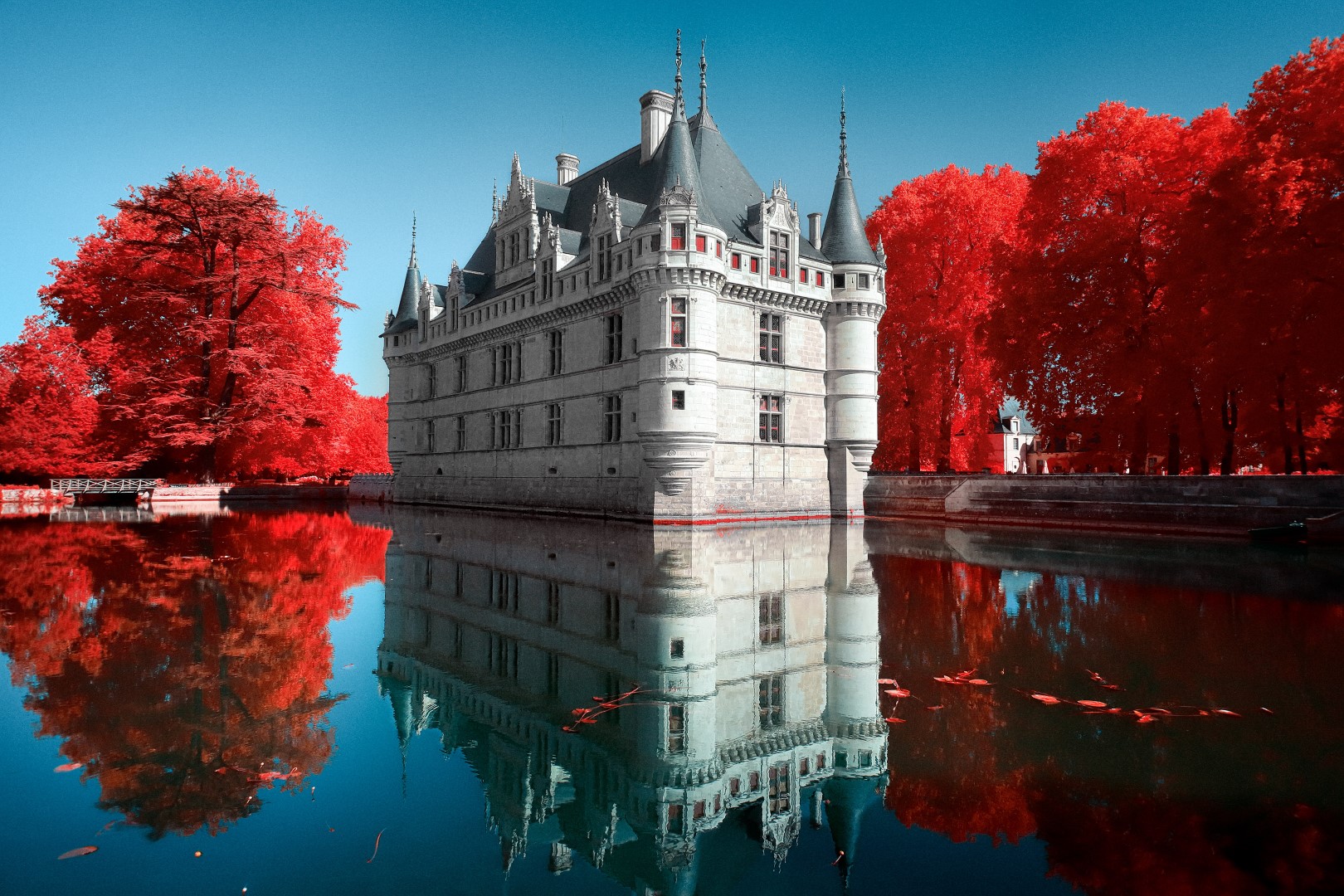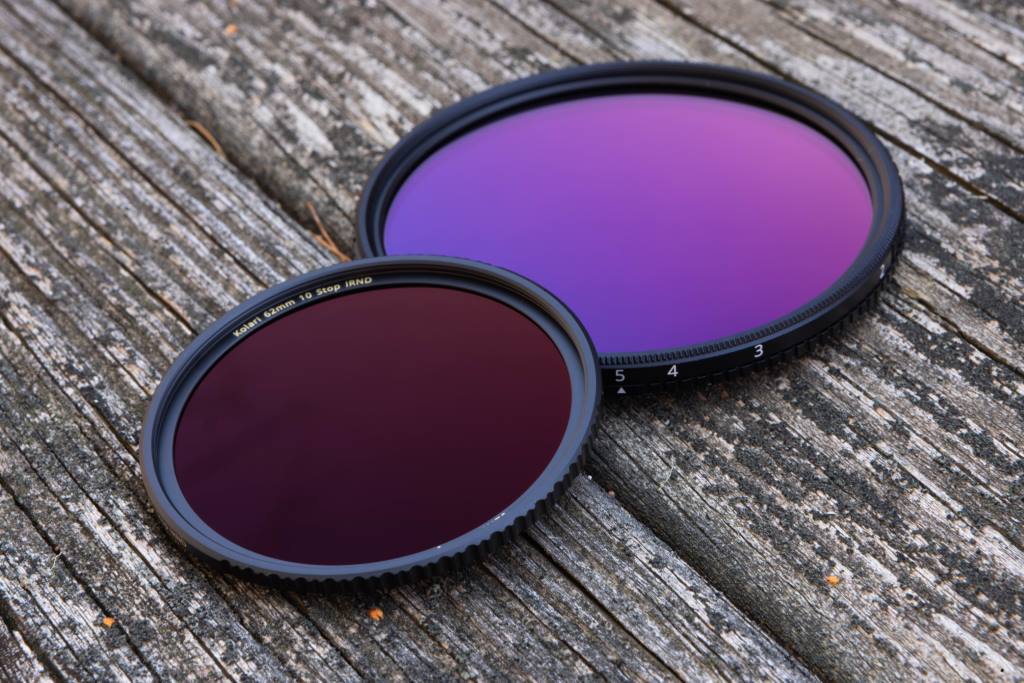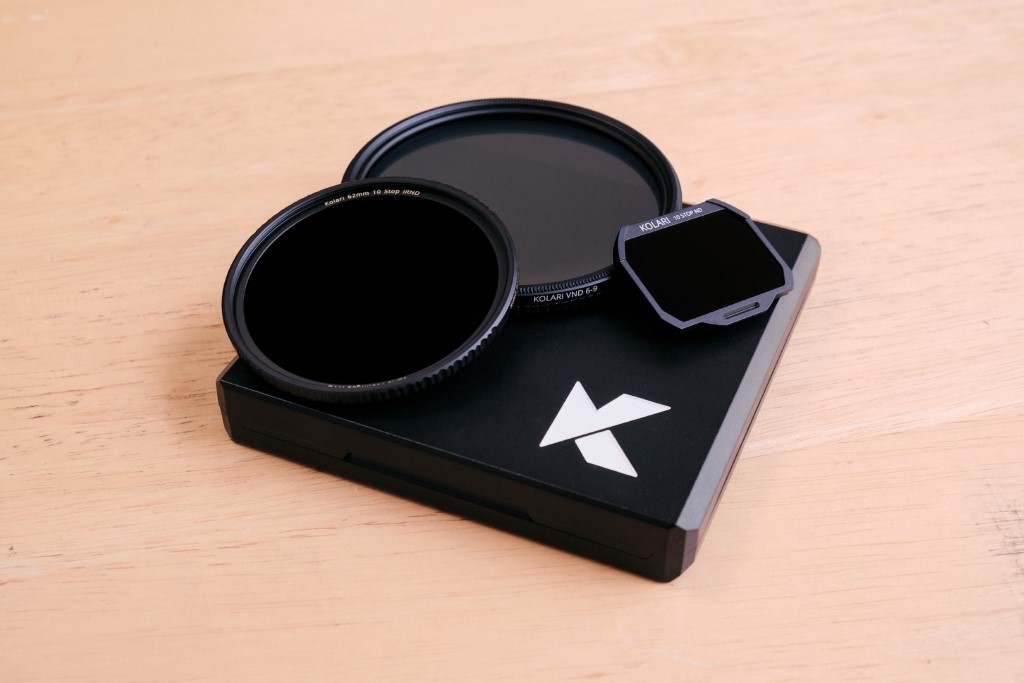When you look at an image and feel the sharp crystals of the granite, see the sweat dripping off the runner, or imagine the freshness of the plump strawberry, that’s the power of texture in photography. We can draw on a wide variety of creative tools, techniques, and sources of inspiration to improve our photography. Using texture is a simple addition to your work that can have a big impact.
In this article, we’ll talk about how to see texture so that you can utilize it in your photography. We’ll also explore enhancing textures with different lighting and composition techniques.
I’ve been a professional photographer for over a decade, and I’m always looking for more ways to add interest and impact to my images. Often, I’ll pick a composition or lighting technique I haven’t used in a while and try to see it in my everyday life and practice it. Using textures is a fun challenge because it requires you to think about both lighting and composition, as well as how to make your viewer feel like they are truly immersed in your photographs.
What is Texture in Photography
Texture is the feel or quality of a surface, but in photography, it’s the perceived appearance of a surface. Texture tells us if the grass looks soft, the bark looks spongy, or the water looks rough and cold.
We can use texture in photography to tell a deeper story about the setting that our subject is in. If a skier is floating down clean, sparkly snow, we might imagine the soft, fresh powder and what it would feel like to be there. Texture can help us immerse ourselves deeper in an image.
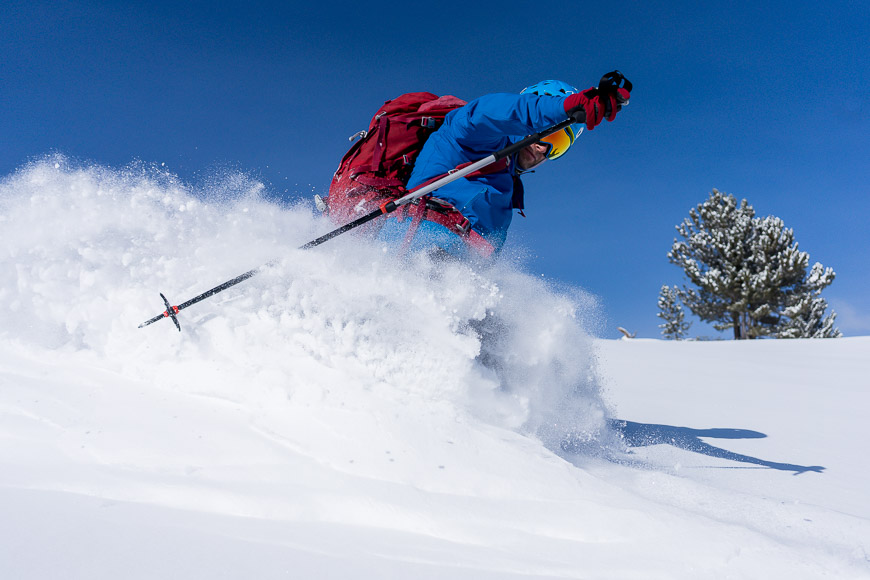
We think of photography as visual in nature. However, if we can make our viewers feel the cool water or rough rocks, we’ve gone one step further. Maybe we can help them imagine how the juicy burger tastes or how the wildflower smells. Using texture, we can engage all of our senses for a more complete picture.
Seeing Texture
The first step to adding texture to your photography is starting to recognize the textures around you. As I sit at my desk, I see the grain in the wood contrasted with the smooth, shiny metal of my lamp. My keyboard is bumpy, as I can feel where the keys are without looking.
There are different glazes on the three pots that hold my pens, dry-erase markers, and other office supplies. The lamp casts a glare on the computer monitor, and my chair is soft for sitting. Meanwhile, the carpet under my feet looks soft and welcoming.
As you notice the textures around you, notice how the qualities also have a story around them. The steam coming off your coffee makes the coffee look hot. Once you start seeing texture, you can see how one would use texture to tell a deeper story in their photography.
Types of Textures and How to Capture Them
If the first step in using texture is to start learning how to see texture, I thought it would be helpful to discuss the different types of textures. Some textures can be found around us, and some can be created.
In this section, we’ll talk through natural, human-made, macro, and added textures. Depending on the type of photography you shoot, one section might be more relevant than another. However, all the sections are great practice to get you thinking about how to use texture to create a greater visual impact.
The product photographer wants to make you feel cozy in that sweater, and the food photographer wants to make you drool over the tasty peach. A landscape photographer might want you to imagine yourself in nature, and a wildlife photographer might want you to feel so connected to a creature that you fight to protect it. Using textures can help each of those photographers accomplish their goals.
Natural Textures
Many natural elements have texture. You can picture the textures of rocks, trees, and water without even touching them. Therefore, you can photograph them.
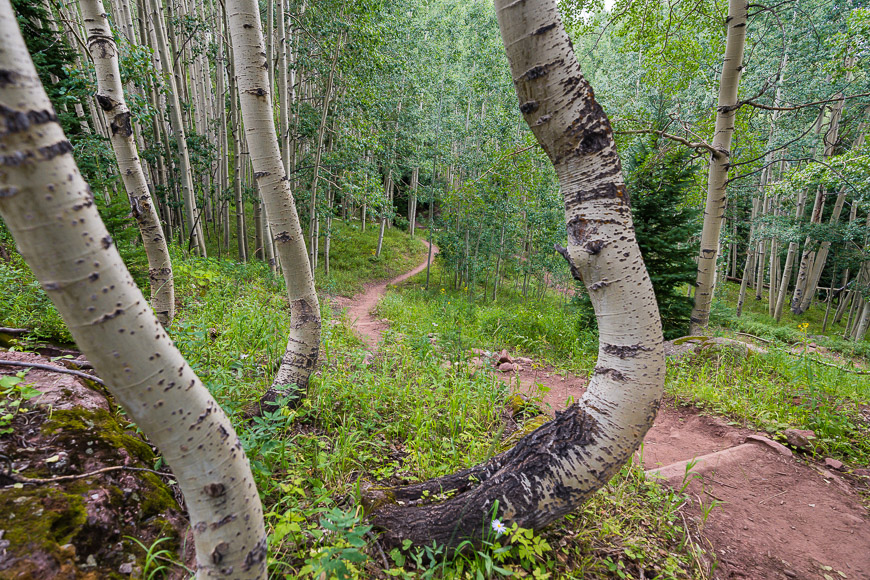
With natural textures, you might get close and fill the frame with texture to make it stand out. You might use a wide-angle lens to capture a vast landscape or a macro lens for intricate patterns. You can use various angles and perspectives to show depth.
Additionally, you might experiment with different lighting conditions. Shooting during golden hour might help you reveal dramatic shadows of fascinating shapes. Think of a soft sand dune, a rugged mountaintop, or a field of flowers and how you can show them in their best light.
Human-Made Textures
Textures can also be found in architecture, human-made environments, and objects. In photographing architecture, for example, you might utilize the patterns in a brick wall as both texture and compositional elements. In a photo of interior design, you might use textures to show how welcoming or clean a space is.
Again, you might use light to show the shadows of the tall buildings or the shiny glass they’re covered in. Sometimes urban environments also allow you to contrast different textures or moods, such as a manicured lawn with trash or rust. Think of how you can see a picture of a silk shirt or a wool sweater and imagine how they feel simply because of the texture.
Consider how architects, interior designers, or product designers use texture to communicate something about their buildings, furnishings, or products. Now, consider how to show those textures in your photographs to further demonstrate the intent. If you don’t think about texture, you’re missing out on potential impact.
Macro Textures
Some textures are small and intricate, requiring macro photography to tell their story. It’s hard to hold a larger subject like a person and a spider web in the same image, but you can tell the story of a spider and a spiderweb through macro photography. This can be a very appealing time to focus on textures because you’re bringing the viewer into a story they can’t normally be a part of and showing them things they can’t usually see with the human eye.
When shooting macro photography, you’ll need special equipment in the form of a macro lens and possibly a tripod. Lighting will also be key because you may need soft light to see the intricate patterns of flowers or insects. It’s hard to photograph something small in harsh light in a way that allows you to see the patterns and details.
You might utilize color with your macro photography to draw the eye to the texture by showing the pop of the details in the flower against the green leaves. Depth of field is also often employed in order to really draw the eye to the subject by shooting on a low f-stop number. We’ll dive deeper into composition techniques in a future section.
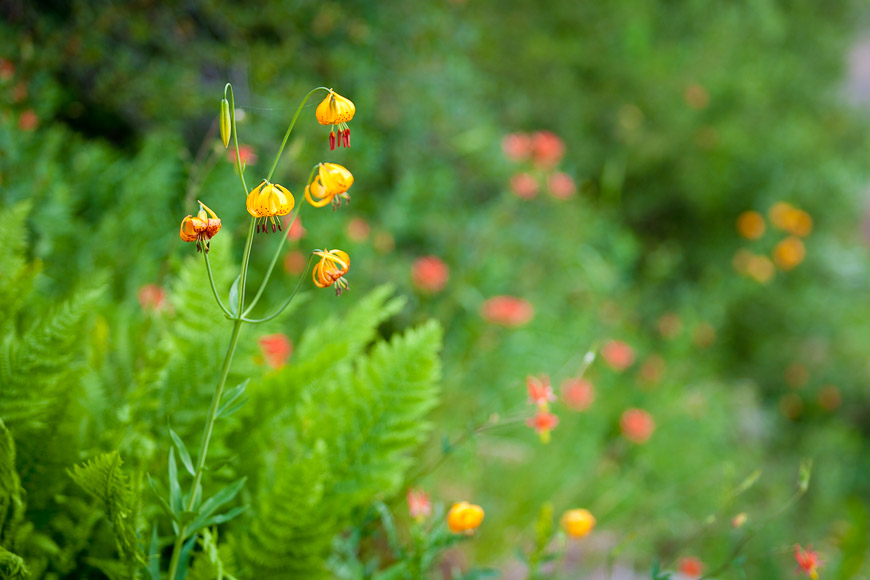
Added Texture
Some photographers like to add texture in post-production. This might mean enhancing or emphasizing texture that already exists. However, it might also mean adding or changing texture to create a different impact.
In the post-production process, you might dodge and burn different areas to help bring the focus where you want in the image. You can increase contrast, sharpness, and clarity to enhance texture. Or you might soften and smooth textures away.
I think it’s important to be mindful of how much you are processing your images if you want to maintain a natural look. At some point, you could overdo it and create something that looks overedited. Then again, maybe that’s your goal.
How Lighting Impacts Textures
In some of the descriptions that we’ve talked about, we mentioned sparkly or shiny. While we think of texture as how something feels, we can often infer how something feels based on how it looks. In photography specifically, we can use light to enhance textures or to bring out their classic looks.
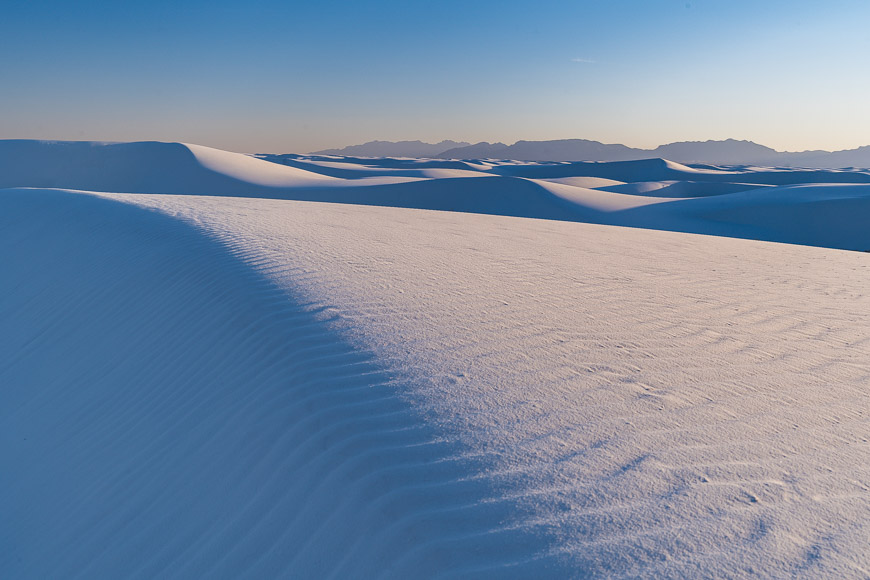
The first step brings us back to the beginning and the challenge of learning to see texture. As we learn to see texture, we can also notice the role that light plays. We can notice how the light hits the granite rock and makes it sparkle or how the light changes the reflections on the office buildings.
Once we can see how light impacts the look of textures, we can utilize light in our photography. We can photograph the natural light as it is or search for the type of light we want by adjusting our angles or time of day. Eventually, we might use side lighting to emphasize textures with shadows, backlighting to create the highlights or glow we want, or softboxes or diffusers to create soft light.
Texture and Composition
In addition to using lighting to make our textures shine, we can use our composition techniques. Perhaps the texture itself becomes the leading line in the image, or you use the rule of thirds to bring the viewer’s attention to the texture. Or maybe you’ll use symmetry to show the endless repetition of a pattern of the texture.
Think through some of your favorite composition techniques and how you might use them to highlight textures. Using color can help highlight a texture, and contrast can help it stand out. Will you fill the frame with the texture or use negative space to draw the eye?
You may have one texture in your foreground and another in the background, creating layers and visual interest. Depth of field can also help to highlight or downplay texture by blurring the background with a shallow depth of field or keeping everything in focus with a high f-stop number. You might even do a little editing in post-production to increase contrast, sharpness, and clarity to emphasize the look you want.
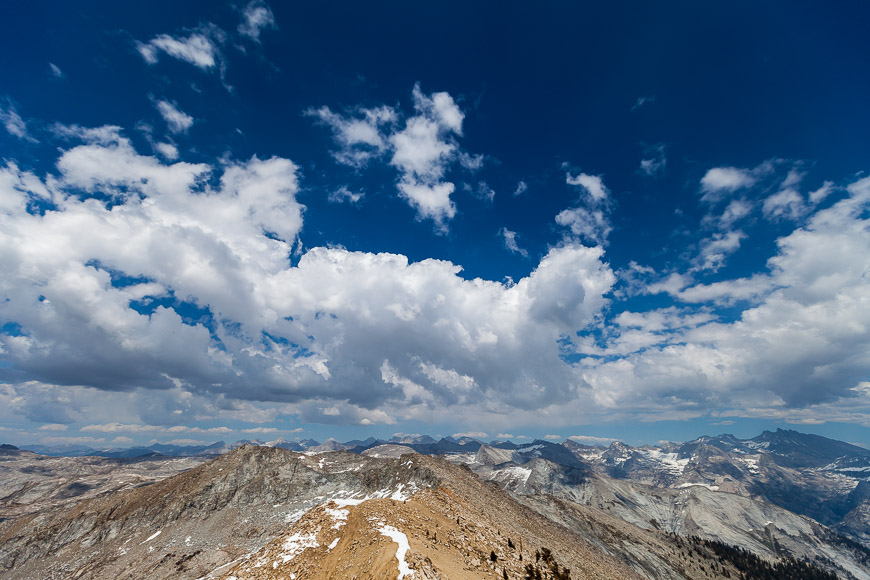
Summary: Adding Interest Through Texture
What do you think? As you look around and start to see textures everywhere, can you imagine how they might add richness to the stories you tell in your photography? Once we begin to see the potential impact of texture, we can figure out how to convey the look and feel of various surfaces to our views.
It starts with seeing textures and understanding how the light and angles interact with them. Then, through experimentation, we can discover the best ways to communicate the impact of a texture. From there, it’s time to get creative and play with textures to enhance or compliment your photographs.
With practice, we can combine texture with our other photography techniques to create visually interesting images. In fact, using texture might allow us to go beyond the visual and tap into other senses until our viewers can hear the waterfall, smell the wildflowers, taste the cookies, and touch the cashmere sweater. Textures, even the intricate ones that are barely visible, can have great power.
Author Bio:
Marc and Brenda Bergreen are a husband and wife photo and video team based in Evergreen, Colorado. They photograph weddings and other adventurous stories in beautiful places.
